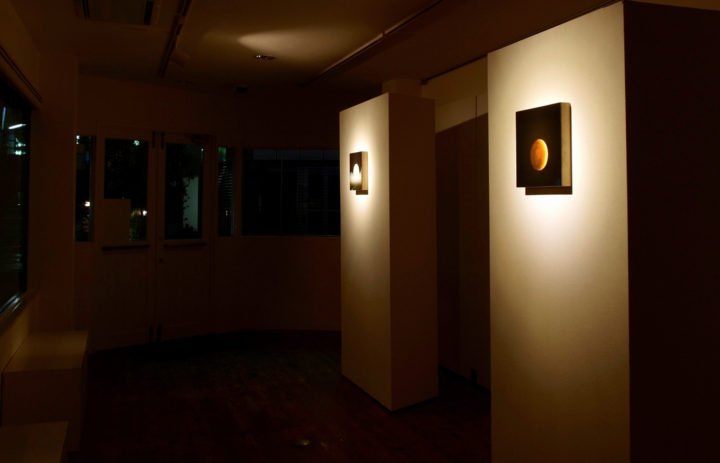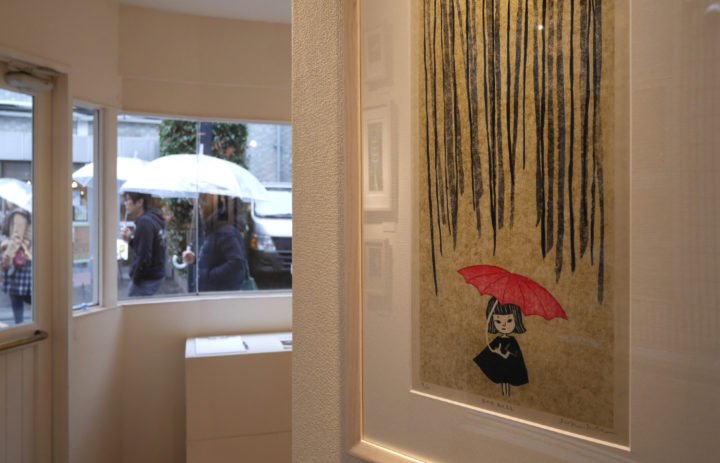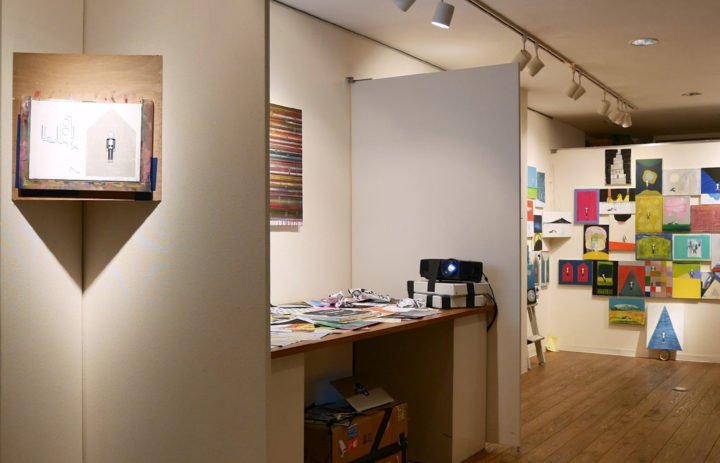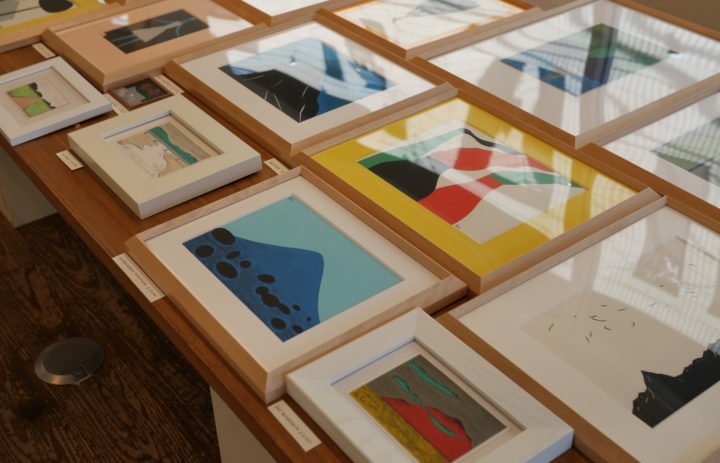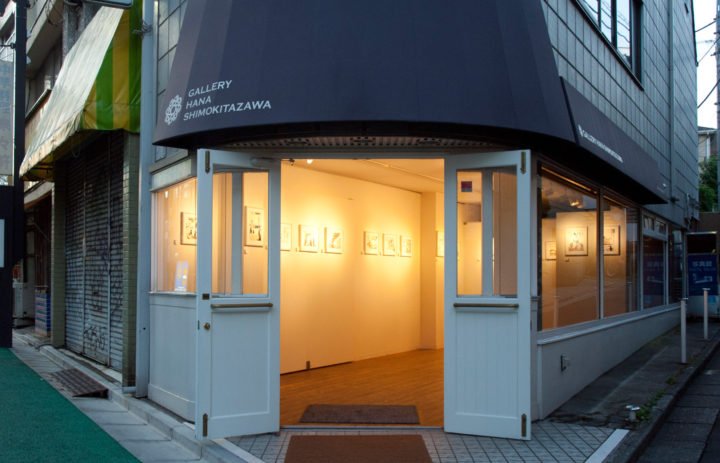- Address: 〒155-0031 Tokyo-to, Setagaya-ku, Kitazawa, 3 Chome−26−2 ~1F
- CEO: Yukinori Motoya
Yukinori Motoya (Y): Gallery Hana is located in Shimokitazawa,Tokyo where there is a strong town of subculture. There are many small theaters and live houses in the area where the youth, artists, and musicians visit.
Y: I was thinking that the gallery would fit well within the culture of Shimokitazawa, as there is a great interest in the arts in the area. After I decided that, I looked for and found a good property in Shimokitazawa, and I began the Gallery Hana.
Y: We have a popular shop on the ground floor, which is very different from many other galleries. There, any artists – from art students to full-time artists with special techniques – can display their works of art.
Y: The three words that I would use to describe my gallery are: skillful, possibility, and diversity. With our popular gallery open to artists of any kind, we allow skill levels of every kind to be displayed on our walls. The possibilities are endless with the artists of every background who display in our gallery.
Y: The next improvement I would make is to increase our space, either by making another exhibition room or space. This can allow us to display even more art than we already do, and foster a community of artists who support each other in their passions.
Y: Art is not just something to look at every once in a while. It is something to appreciate and review time and time again, each time looking for new ways it inspires and guides you. The art in our gallery is for sale, and I would like to let every visitor know the pleasure of collecting artworks, both for their aesthetic quality and their inspirational power.
Y: In Tokyo, there are all kind of exhibitions from all over the world in the various museums and galleries. Even modern artists produce traditional or subculture-effected arts, making the art scene of Tokyo like a potpourri of differing masterpieces.
Y: I think both gallerists and artists are not special jobs. People often believe that being an artist or a gallerist is something very special or distinct, like it is reserved only for a special few. This couldn’t be farther from the truth, and our gallery shows it. We have such a diverse group of artists from all walks of life, showing that anybody can be an artist or a gallerist.
Y: It is difficult to name just one person who rises above all the other wonderful artists that I have appreciated over the years. In recent years, the solo exhibition of Mr. Tomio Gokida was very good.
Y: Initially Gallery HANA operated as a rental gallery, so the first feature exhibition was a major turning point. As a rental gallery, the space was open to anybody to rent the space and display their art. However, the first solo exhibition was by Takenori Fukaumi, and I still back up this move.
Y: Artists should have an original view of the world and their own original technique. Art itself is not stagnant or flat but instead dynamic and ever-changing; thus, artists should be the same way. Each artist has a new way of representing the themes that are important to them, and that should be celebrated.
Y: I think that preparation is necessary to make art a lifelong job. This may be true of any career choice, but it is especially true in art. It requires a great deal of planning to work out and eventually create a piece of art. It can be a difficult and tedious task to go through this, which is why enjoying art as work is also very important. If you don’t enjoy it, then you won’t be motivated to prepare, and you won’t get anything done. With perseverance and the right attitude, art becomes masterpiece.
Y: Art students get art education in order to get technical skills and knowledge. These basic skills can permit them to engage in a wider variety of types of art and technique that many artists without formal training may not be able to do. However, if these students focus too closely on the techniques they learn in class, it is possible for them to fall into a lack of individuality. An artist without the foundation of art education often builds his/her own original style successfully because they have their own freedom and vision to create whatever appeals to them whereas the student may have trouble breaking away from the mold.
Y: In the future, I think the market will expand to new frontiers, places where art has never been presented before. This includes the Internet, where gallery spaces can be created on websites, and at the same time, beyond the category of physical art galleries, there are likely to be new types of intermediaries, as well.
- Photos courtesy of Gallery Hana Shimokitazawa
- Special Thanks to Hiroaki Tanaka




